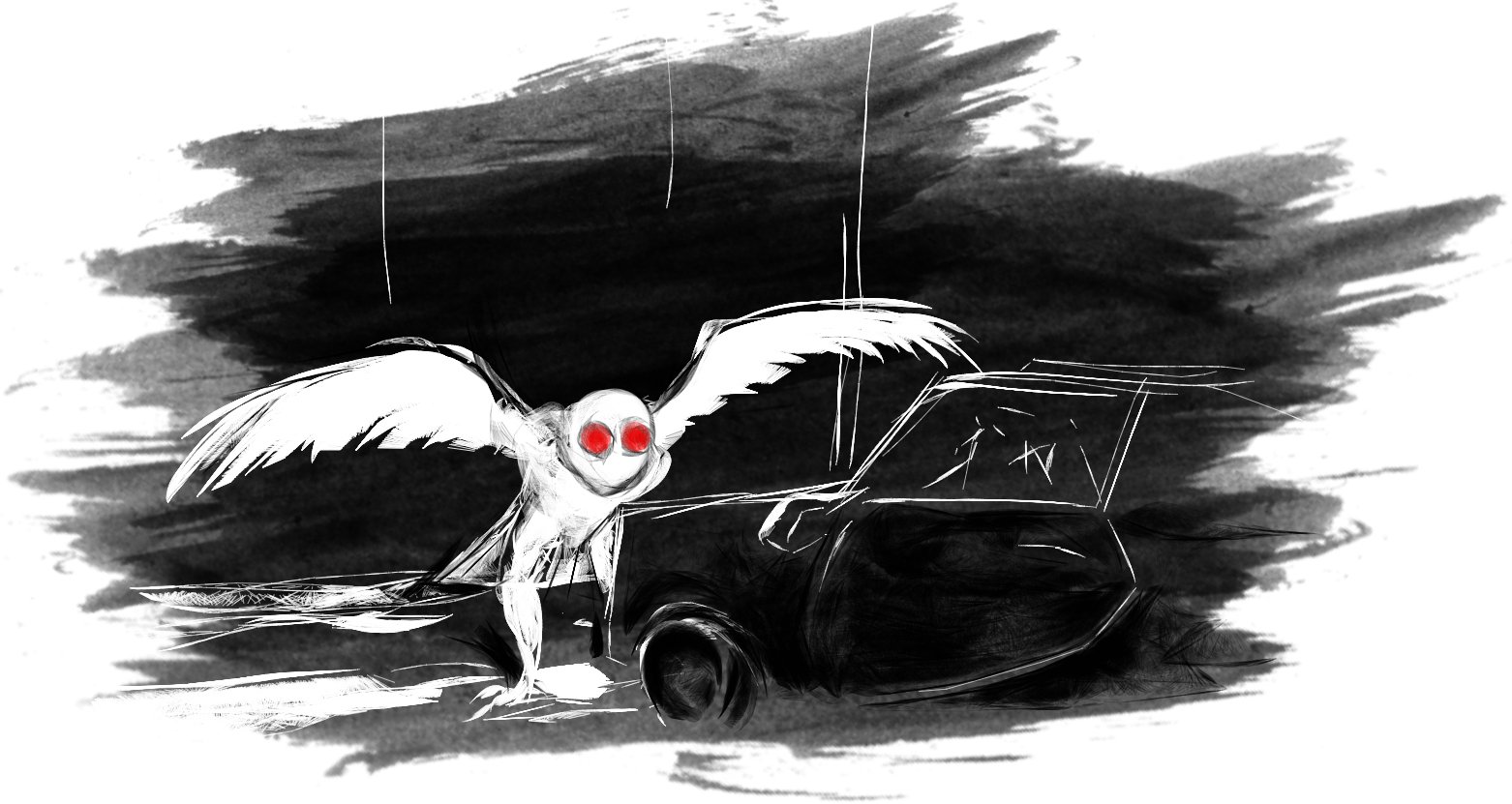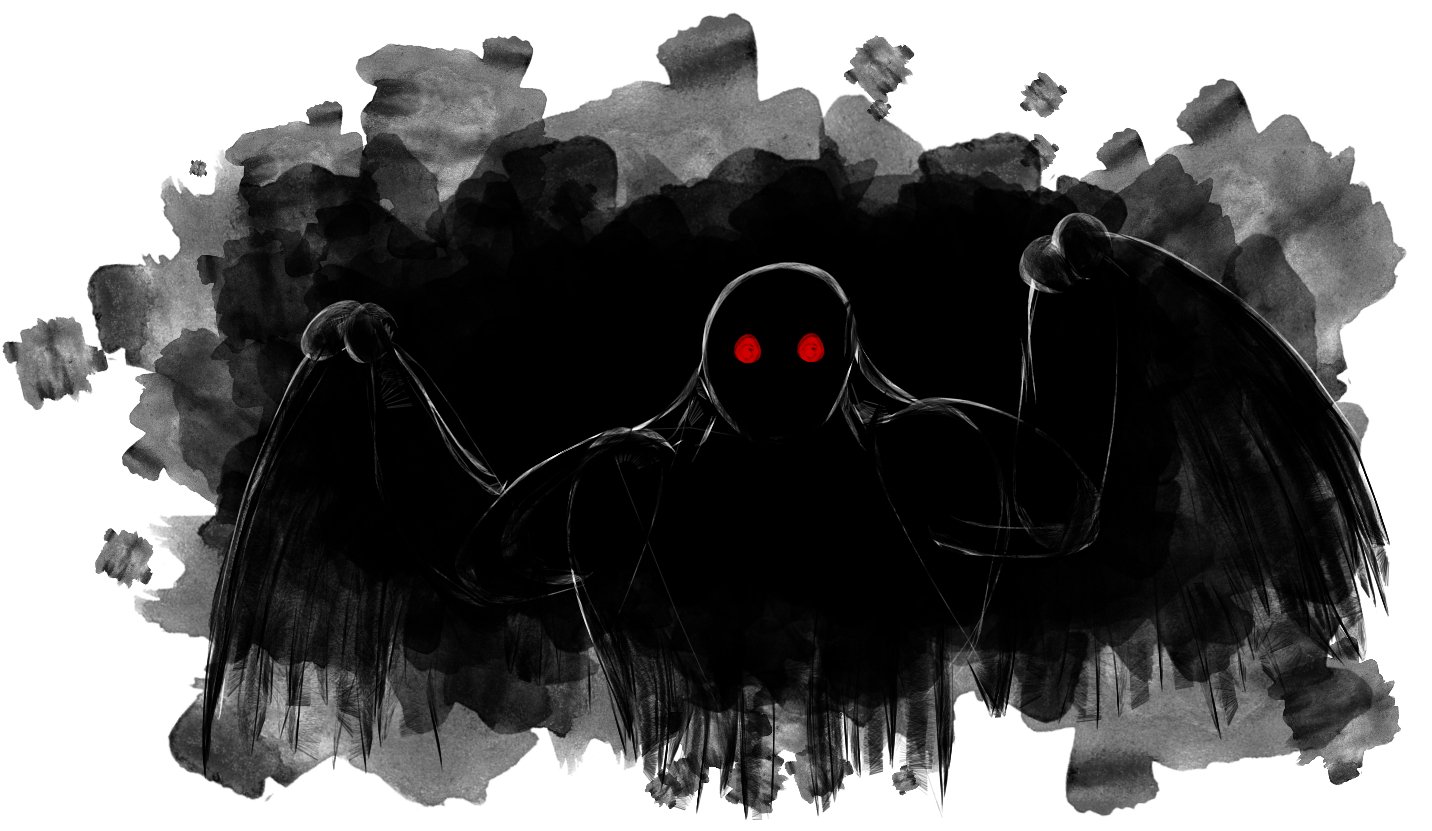Barking in Darkness: Black Dogs
/2017, August. Kamal and Yuthika Ahluwalia—siblings—Joshau Graham, and Avni Iyer were walking as a group from afternoon classes, walking along the quiet road beside Ryan Farm Park. No cars, no strangers; the buses were cancelled due to a shortage of drivers, but their homes weren’t far away, for Graham at least. The siblings and Iyer had to find a bus route still functional. A warm Sunday night with no one around may once have been a good time. But it was in those quiet moments before the storm erupted, and the sound of teenagers shouting as a dog leapt from the bushes adjacent. Blistering gaze, jowls slobbering, fur black as the shadows it lunged from.
While it attacked no one, offering a simple fright, the next day would prove otherwise. The four turned up in the hospital from sudden, overwhelming illness. While they all could have gotten food poisoning or caught the cold, their deadly sickness may just as likely originate from a far less mundane source, as what they crossed paths was none other than a Black Dog. A ‘malevolent’ one, at that.
Originating from Western European folklore, Black Dogs are a classification of ghost with one significant feature: their black fur, burning eyes, and an association with death. From the half-time malicious Black Shuck to the stalwart Gurt Dog, their personalities vary as their duties. Many tales spin from their nighttime howls, and as colonizers ventured into the Americas, they too brought their spirits. However, why is this? Why are dogs, among most animals, so prevalent in encounters with the supernatural? And why are they so diverse?
To investigate their endings, you must first observe the beginning. About 30 thousand years ago, humans began domesticating grey wolves, and the rest is history. One can explain their connotations with the deceased with that past too, what with scavenging behavior… but it doesn’t explain how they persist too.
Over time our bonds became like steel, where humanity dwells, so did mutts. In that way, we bred an undying loyalty. But at the same time, we removed a simplicity of being “animal.” Most non-human animals' live life in the moment, with no purpose beyond what their instincts tell them. Eventually they die and—if you believe in ghosts—they don’t linger long. They served their purpose in life, so they move on. Humans find themselves in a complex situation. Always confronted with mortality, yet it’s with our intelligence that recognizes the fact we are on limited time, and should one care, how we leave the world once we’re gone. In that way, if a person is so determined to stay, or has unfinished business, who’s to say they cannot? Ghosts, in many cases, may form from that desire.
On that basis, animals of high intelligence, or feel such necessity to continue, should be able to remain after death. The dog especially. Already they are highly social and intelligent but add its latent loyalty to their masters, no wonder ghost pets are such a common sighting. Loyalty, of course, may not be the only reason they keep going, but purpose also adds onto that.
Like human ghosts, Black Dogs can be malicious or benevolent, but in a point of personal investigation, and potential bias, the statement of “there are no bad dogs” may prove truer. Many cases of Black Dogs in America have proven harmless, choosing to stay in search of a master long since dead. The Gurt Dog is explicitly a protector for the living, as are Church Grims for graveyard dead. But then you have the Black Shuck, who’s almost always depicted as malevolent. Almost. One late-night witness claimed to be guided home as she cycled by the beast. With its many similarities to a guard dog, and the long history this specter had with Christain monasteries, I recall how Church Grims are made...
Buried alive beneath a church’s cornerstone.
I’m not surprised it dug the graves of five churchgoers, for how could it trust anyone that dawns the clothes of its murderers?
__________________________________________________________________________________
Maddox Charles Gordon Morphy is an aspiring writer and artist from Ottawa, on a constant hunt for those strange and enthralling things. A student at Algonquin College for Professional Writing, he is early in his career of traversing avenues unexplored by more prevalent authors. Despite his lack of time in the field, he’s already pushed himself to take on the the difficulties ahead with grace. Here’s hoping to a long career!












